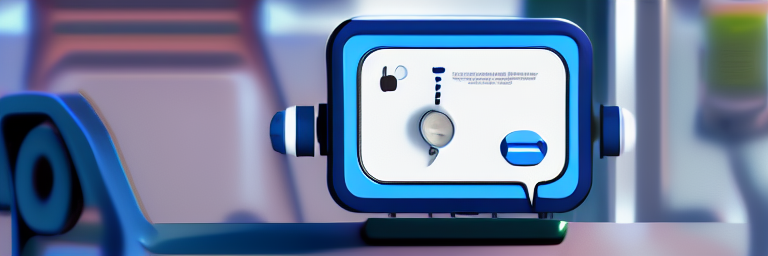Explore the exciting world of ChatGPT integration for chatbots, where cutting-edge AI technology meets seamless human-like conversations. Discover how ChatGPT enhances chatbot capabilities, enabling more natural, context-aware, and engaging interactions across various applications. Delve into the future outlook of AI-powered conversational agents and learn how they’re set to revolutionize human-machine communication. Join us as we unravel the potential of ChatGPT and its role in shaping the next generation of chatbot experiences.
Introduction
Integrating ChatGPT for more human-like conversations with chatbots involves leveraging OpenAI’s GPT technology to create more natural, engaging, and context-aware interactions with users. ChatGPT is a large-scale language model powered by the GPT-3.5-turbo, which can be utilized through the OpenAI API to enhance chatbot capabilities.
To integrate ChatGPT with a chatbot, developers need to use the OpenAI API and follow the best practices for creating conversations. These include using system level instructions, managing tokens, and iterating on the prompt engineering process to achieve the desired results. Additionally, developers should be aware of the model’s limitations, such as verbosity, sensitivity to input phrasing, and occasional incorrect answers. By understanding and addressing these limitations, developers can create more effective and human-like chatbot experiences.
Key Features of using ChatGPT for human-like Conversations
1. Improved language understanding: ChatGPT’s powerful language model can better understand user inputs and generate more relevant and accurate responses. This results in conversations that feel more natural and engaging.
2. Context-awareness: ChatGPT can maintain context through a series of messages, allowing the conversation to flow more smoothly and with fewer misunderstandings.
3. Multi-turn conversation capability: By using tokens to represent messages, ChatGPT can handle multi-turn conversations, enabling chatbots to provide more in-depth responses or follow-up questions.
4. Customizable behavior: ChatGPT can be fine-tuned to suit a specific application or use case, allowing developers to adjust its behavior to create the desired user experience.
5. Wide range of applications: ChatGPT can be used to power chatbots for various purposes, such as customer support, content generation, programming help, or general Q&A, among others.
Potential Outlook
The future outlook for integrating ChatGPT for more human-like conversations with chatbots is promising, with several advancements and improvements expected in the coming years. Here are some potential developments:
1. Enhanced language understanding: As natural language processing (NLP) technology improves, we can expect more advanced language understanding capabilities, enabling chatbots to better comprehend complex and nuanced user inputs.
2. Improved context-awareness: Future iterations of ChatGPT might be able to maintain context over longer conversations and be more adept at understanding the user’s intent, leading to more coherent and meaningful conversations.
3. Personalization: Chatbots could become more personalized, adapting their responses and behavior based on users’ preferences and interaction history. This will make conversations feel even more human-like and tailored to individual users.
4. Multilingual support: As language models continue to improve, we can expect better multilingual support, enabling chatbots to communicate seamlessly with users in various languages, breaking down language barriers and broadening their reach.
5. Integration with other AI technologies: ChatGPT could be integrated with other AI technologies, like computer vision and speech recognition, to create more immersive and interactive experiences, such as voice-based assistants or chatbots that can process visual information.
6. Enhanced safety measures: As AI models become more sophisticated, so will the measures to ensure ethical use and prevent the spread of harmful content. OpenAI and other organizations are likely to continue working on refining safety protocols and user guidelines.
7. Wider applications: With continuous improvement, chatbots powered by ChatGPT could be used in a broader range of industries, from healthcare and education to entertainment and virtual reality, transforming the way people interact with technology.
Overall, the future of integrating ChatGPT for more human-like conversations with chatbots looks bright, with significant advancements expected in AI-powered conversational agents. This progress will lead to more engaging, intelligent, and helpful chatbots that can cater to a diverse array of applications and user needs.
Conclusion
Integrating ChatGPT for more human-like conversations with chatbots represents a significant leap forward in the evolution of conversational AI. As natural language understanding, context-awareness, and personalization capabilities continue to improve, chatbots powered by ChatGPT will deliver more engaging, helpful, and meaningful experiences to users across various industries and applications. By harnessing the power of cutting-edge AI technology like GPT-3.5-turbo, developers can create innovative chatbot solutions that transcend the limitations of traditional chatbots and bring us closer to realizing the full potential of human-AI interactions. The future of chatbot technology is exciting, and with ongoing advancements in AI research, we can look forward to a world where chatbots become indispensable components of our daily lives, enabling seamless and intelligent communication between humans and machines.

